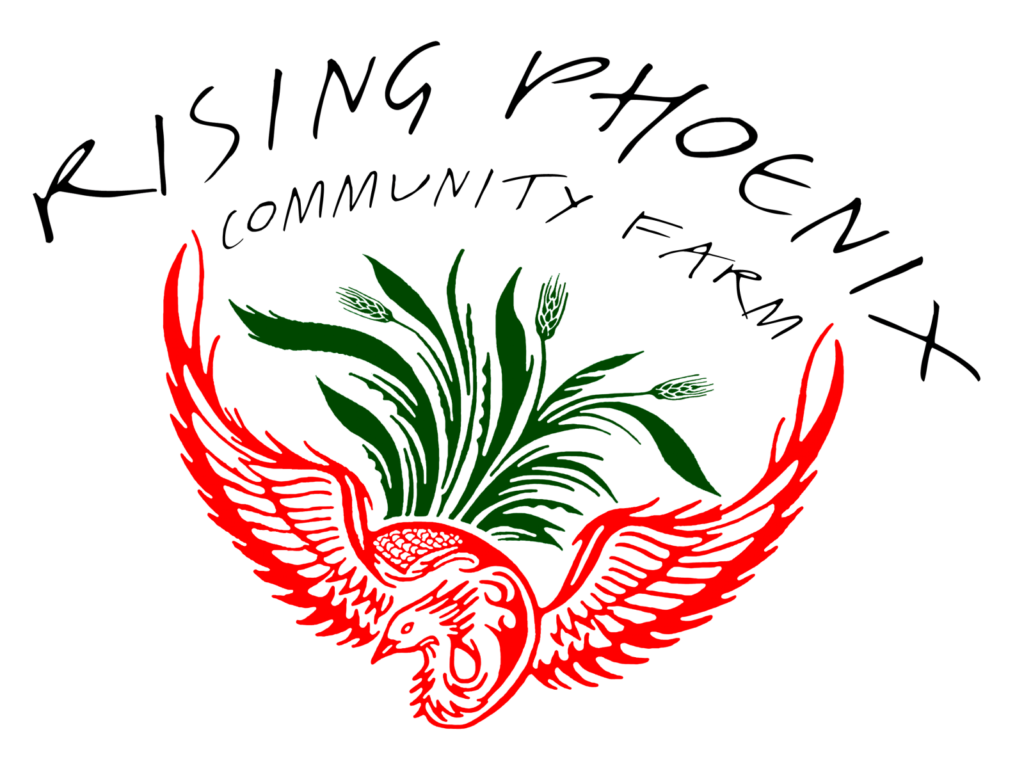Your cart is currently empty!
Spring update: Warm seedlings, cold earth and a slow start to growing season
“There is a strong temptation when starting out in farming…to try to do it all right now… Rest and reflection not only heal the body but help provide insight into how to get more accomplished with less work in the future so the same bind won’t exist another year.”
Eliot Coleman, “The New Organic Grower”

On Sunday, we took a day off. There are a million things we could do; we should do. But we’ve also learned how important rest is. A day to recharge and reflect.
Okay, to be fair, we’re trying to learn.
Last summer was about heat and drought. This spring, the steel-gray skies have been relentless. April has brought snow and thunderstorms.
May 1, the planting calendar says, we put our first seeds into the soil. Sugar snap peas. Carrots.
Nature has other ideas.
The ground is swollen and saturated with water as front after front pushes across northern Minnesota. There is standing water in the walkways between our beds. The raised beds have the consistency of chocolate pudding.
This week’s forecast suggests this weather pattern will continue, with high temperatures fighting to break out of the 40s and lows still in the 20s.
On some level, this cool, wet spring is a reminder that, as humans, we like to make plans. They are comforting. They trick us into thinking that life is going to go the way we expect it to and that, if we just keep making plans, everything will be fine.
Nothing bad will happen.
Farming reminds us that life may have other things in mind for us.
Overall, the start of our second growing season at the farm is going very well.
In our greenhouse, literally thousands of seedlings are safe and warm. One of the major investments this season was a 65,000 BTU “Hot Dawg” heater that allows us to regulate the temperature and keep everyone cozy during nights that still often dip below freezing. For context, consider that last year, we used our neighbors’ space heaters to fight to keep the greenhouse above freezing.
This season the heater was turned on April 1, when the first seeds were started. In just one month, we’ve gone through nearly 120 gallons of propane.
The heater was one of the investments we were able to make this spring because when our CSA members signed up for another season, they didn’t just pay for their vegetables; they contributed additional money to our Farm Sustainability Fund. It’s a humbling reminder that the people we feed believe in what we are doing.
In the dead of winter, we sat at our dining room table with the notebooks from last season (Heather-Marie is analogue) and the computer spreadsheets (John is digital) and set some goals for this year as far as new CSA members, the farm stand and other ways of selling our vegetables.
So far, we’ve exceeded them all.
For the CSA, we decided we’d try to go from 22 members last season to 30 this year. With little to no marketing or advertising, we sold out of CSA shares in just four weeks. Even more exciting for us is that of those members, nine of them are from our local community out here in Barnum. Many of these new members are people who got to know us by visiting our Friday farm stand.
We have also thought a lot about what our long-term goal is. In many ways, it’s not too different from what we are doing.
Many of our fellow CSAs in this region are major operations with members in the hundreds and seasonal teams of interns and employees who harvest with the help of tractors and other machines that increase productivity and efficiency.
That’s not our goal.
We have no desire to grow past the point where the farm can’t be managed by Heather-Marie with help from one seasonal intern and John in the summer months when his teaching obligations are over.
“These days, when a business succeeds there is always a tendency to multiply the success by getting a lot bigger,” writes Eliot Coleman in his classic book, “The New Organic Grower.” “I have one word of advice — don’t.”
Coleman writes that he has seen many small farms expand to a point where the quality of their produce suffers and the work becomes onerous.
For us, staying small is also driven by a desire to use more muscle and fewer fossil fuels. Sustainability is a word that is used so much that it has almost lost all meaning. But, for us, sustainability means trying to farm with techniques that use as few fossil fuels as possible, focus on increasing the fertility of our soil using cover crops and organic composts, and use no chemical fertilizers or pesticides.
The temptation is to think this approach is new and innovative. It’s not.
Farming in the United States was done using these methods on small-scale family farms for generations.
Somewhere along the way, agriculture got lost, Coleman writes.
As another farming season starts, it’s exciting to think that in some small way, what we are doing is a return to a simpler way of eating and living.
And, hopefully, it inspires others to join us.
Like you.
It’s not that complicated.
You can start at your own home. Plant something in the ground or just in a pot on your patio. Nurture it. Watch it grow.
That is, If the sun ever shines again.
